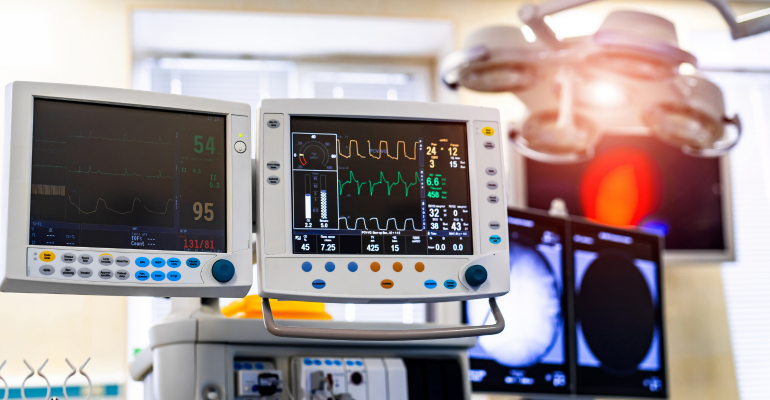Ventilators and their accompanying equipment are costly and sophisticated devices that need the expertise of doctors and other medical professionals. The devices must be configured and monitored thoroughly to ensure that they are fulfilling a set of guidelines such as pressure, volume, and breath rate — that are specific to each patient. These measurements frequently fluctuate throughout treatment, necessitating further tuning.
One of the lifesaving and advanced breakthroughs of the medical industry, the ventilation process must be administered with caution. A minor error can result in significant injury to the patient's alveoli as well as the lung. Appropriate administration can be lifesaving, therefore requiring the expertise of a specialist to operate them and set the parameters and correct mode of the mechanical ventilator, based on the condition of the patient. COVID-19’s impact has introduced risks which may present challenges for the medical professional carrying out the procedure.
One of the most prevalent procedures in ICU patients is mechanical ventilation. Appropriate amounts of sedation and analgesia are critical, but inter-patient variability makes this challenging. The order in which the ventilator is removed is particularly crucial, as both early extubation and prolonged ventilation are linked to greater mortality rates. However, there is a huge disparity in practices, making precise prediction difficult.
According to research published by the University of Copenhagen, the integration of Artificial intelligence can reduce the strain on medical personnel and allow for the deployment of ventilators in facilities where there are staffing shortages. In the case of COVID-19, AI can support triage by forecasting which patients are most likely to require ventilator support or intense respiratory assistance in the next 24 hours, as well as which patients are most likely at a risk to not survive.
AI-led transformation
Artificial intelligence in healthcare is gaining prominence due to an increase in scientific research and financing. AI has demonstrated ophthalmologist-level detection of retinal disease and can provide patient specific options for sepsis treatment that might enhance patient outcomes.
Given the vast amounts of data collected on a regular basis, the intensive care unit (ICU) has a numerous potential applications. However, there are a few key factors to consider to ensure delivery of successful deployment. To make life-saving decisions, ICU doctors must frequently analyse vast amounts of complex, heterogeneous data. According to Artificial intelligence in the intensive care unit, a research published by BMC, AI if implemented correctly, has the potential to alleviate this load by transforming data into more useful knowledge. We may utilise AI to predict negative outcomes before they occur, improve the management of highly complicated circumstances, and allow doctors to spend less time analysing data and more time relying on their experience and human touch when providing treatment.
Intelligent ventilation systems, according to some medical professionals, can provide safe and efficient ventilation support with minimum human oversight. Because of its simple settings, the machine may be handled by healthcare staff with very basic understanding.
The consensus among medical experts on AI ventilation systems is of its capability in delivering efficient, safe support with minimal supervision from healthcare professionals. Due to its seamless settings, the ventilator can be used by hospital staff in regions with a lack specialists for supervising complex devices. To minimise inter-clinician variability, an AI tool may also provide more individualised sedation and analgesia.
The integration of intelligent ventilators will improve conditions for health workers, decreasing the workload and making use of efficiently using professionals to cater to patients. For some regions, it will help address healthcare infrastructure gaps and allow patients to receive quality healthcare. In addition, the use of AI ventilation decreases the risk of contamination between hospital staff and patients.


